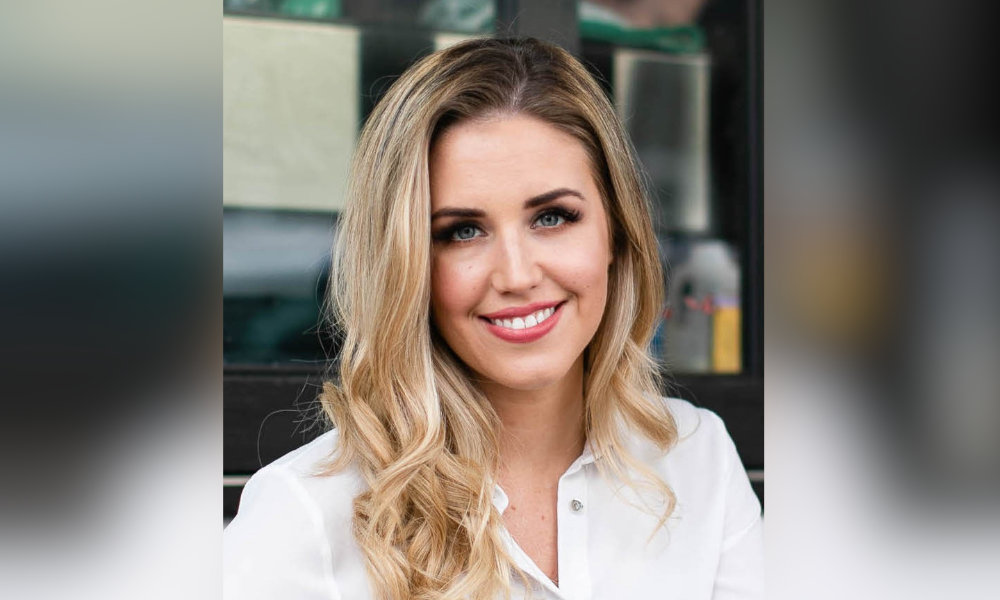
'Hiring for permanence isn't necessarily fit for every purpose anymore,' says expert

The number of freelancers is growing across the world, according to a new report, and organisations are increasingly turning to this pool of talent to plug critical workforce gaps.
A new report from Outsized shows that 2024 marked a "standout year for independent professionals globally," as freelance registrations on its platform surged.
"With talent registrations booming across 60+ countries, the year showcased impressive regional trends that reflect the growing diversity and specialisation of the independent workforce," the report read.
In Australia and New Zealand, freelance registrations surged by 122% in the past year, with more businesses turning to independent professionals to bridge their skill gaps and lead critical projects.
[Insert image: In-demand skills]
Sara Kahlau, ANZ lead at Outsized, attributed the growing reliance on independent professionals to the changing needs of organisations.
"So, hiring for permanence isn't necessarily fit for every purpose anymore," Kahlau told HRD.
"Most businesses go through projects that change every few months, so there's a delivery focus of what they need to get done and that changes as priorities change. So, one quarter it could be to implement a new data platform and then the next quarter it could be building insights from that and so forth."
Businesses need to be able to jump onto new things that are emerging and implement them fast, she said.
“They need to respond to consumer market trends much faster," she said. "Things are just constantly evolving in terms of the skills they need, so flexible talent that have those skills is definitely the solution or the answer to that."
But as more organisations grow more reliant on independent professionals, Kahlau pointed out that there are key differences in handling them compared to permanent staff.
The first difference is mindset: "When you're dealing with an independent professional, they are typically quite entrepreneurial by their very nature and also very self-directed... they generally don’t need the same level of supervision.”
Another key difference is the relationship dynamic, where professional connections with independent professionals tend to become more "transactional" in nature.
"So, they, generally, are looking for more clarity on what needs to be done, the context that they need to be aware of, and how success is going to be measured," Kahlau said. "So, what they're looking for in that management from the business is a little bit different to a permanent employee."
These differences may lead to challenges for HR professionals when they try to introduce independent professionals to a workforce. One major challenge that Kahlau pointed out is organisational readiness.
She said organisations usually have internal processes that are made for permanent hires, such as a two- to three-month onboarding process, which means they aren't built for independent professionals.
"An independent professional who's there for a project for a temporary engagement, they don't have time nor do they necessarily need to go through all of those processes that are set up in terms of onboarding and so forth."
The key to successfully handling independent professionals in the workforce is to think long-term despite the short engagement with them, according to Kahlau.
"Even though you might have a project that's a couple of months or a few months with an independent, build the infrastructure and think of it long term in terms of what you're going to need ongoing in terms of engaging freelancers," she said.
"That means you're going to set things up in a way that helps that initial person, but it also means if they have a great experience engaging with you as the client, you're likely to attract them again and you're also likely to be very attractive to other independent professionals, too."